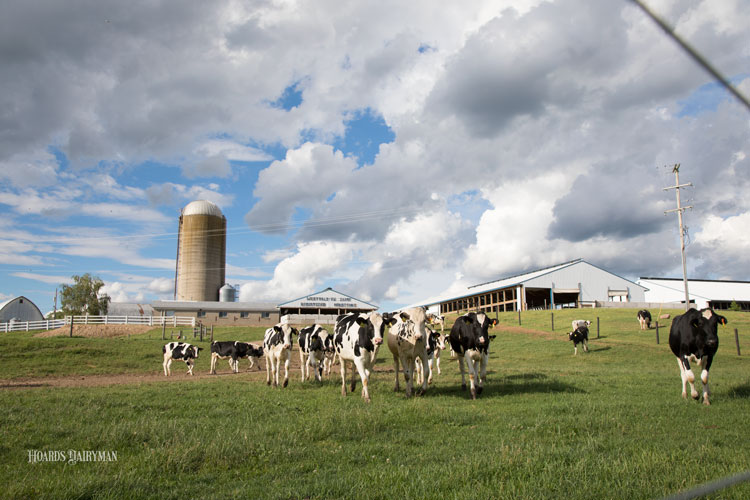
Monthly USDA data suggests that the U.S. dairy cow herd is shrinking. That’s a good thing when it comes to supply-demand balance and the impact on milk prices.
The estimated U.S. inventory for both September and October was at least 30,000 head below year ago levels, the first time consecutive months have been down that much since the summer of 2010.
It has been noted in this column and elsewhere that milk supplies need to come into better balance with current demand in order for prices to show significant recovery. While these recent developments are an encouraging sign for future milk prices, further inventory reductions or large gains in demand are still needed to return most U.S. dairy operations to profitability.
The all-important watch list
A handful of states will be important to watch in the coming months to determine the extent of supply reductions. Arizona, Colorado, Indiana, Kansas, Michigan, and Texas are the only states in the monthly survey that have expanded cow numbers for every two-year period from 2009 to 2017. In fact, these states have grown milk cow numbers a total of 309,000 head since 2009, compared to a drop of 120,000 head for all other states combined. These six states have accounted for 17.8 percent of dairy cow numbers this year relative to just 14.8 percent in 2009.
Bucking trends
While it is not unusual for herd expansions and contractions to occur at different rates in different parts of the country, the duration to which these states have continued to expand or maintain cow numbers throughout a period that has included significant financial challenges is noteworthy.
Even during the last 12 months as the national herd has peaked and began contraction, Kansas and Texas cow numbers have each failed to decline from the previous month even once, adding a total of 33,000 cows. Only Idaho, Iowa, and Utah can also claim to show no monthly declines in the past year, but their combined herd additions have only amounted to 11,000 cows.
Of course, no one in the dairy industry likes to see contraction, and boosting demand would be the best option to strengthen prices. But until that jump in demand occurs, more supply cuts are needed. And it will be tough to accumulate a substantial national herd reduction as long as a handful of key dairy inventory states continue growing.








